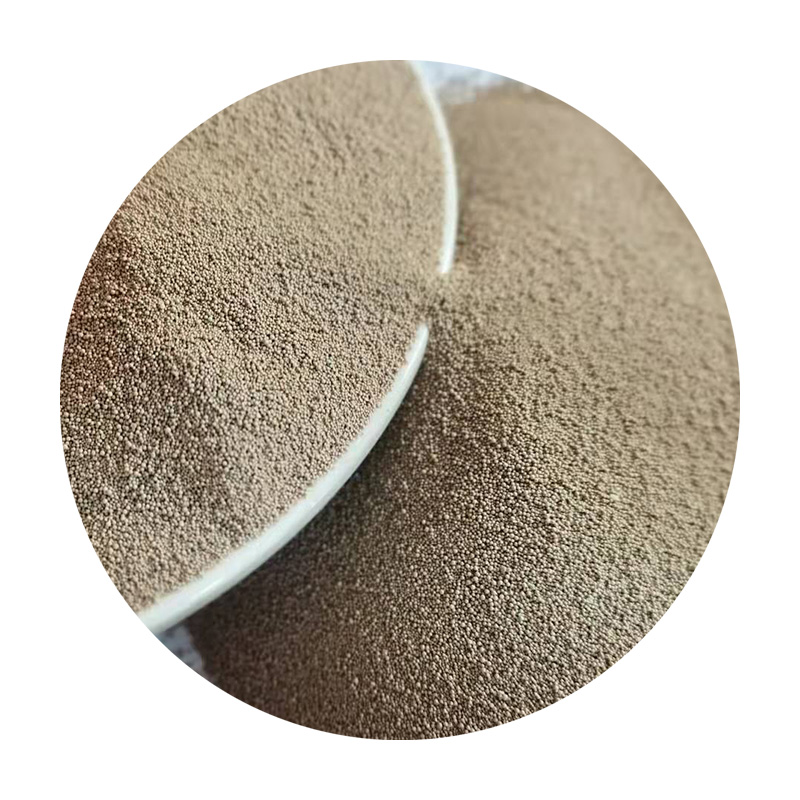- Introduction to 3D Sand and Its Role in Modern Manufacturing
- Critical Properties of High-Performance Casting Sand
- Technical Advancements in 3D Sand Production
- Comparative Analysis of Leading Sand Suppliers
- Custom Solutions for Industry-Specific Casting Requirements
- Real-World Applications and Performance Metrics
- Why 3D Sand Dominates Future Foundry Operations

(3d sand)
3D Sand Revolutionizes Metal Casting Efficiency
The advent of 3D sand technology has transformed traditional sand casting processes, achieving 23% faster mold production cycles compared to conventional methods. Foundries utilizing silica-based sands with optimized binder systems report 40-60 µm surface finish improvements in final castings, directly impacting machining cost reductions.
Critical Properties of High-Performance Casting Sand
Optimal sand casting requires precise control of four key parameters:
- AFS grain fineness: 45-70 for most ferrous applications
- Permeability: 80-120 (cm³/min·cm²)
- Compressive strength: 180-300 psi (green sand)
- LOI (Loss on Ignition): <3% for critical castings
Advanced 3D sand systems maintain thermal stability up to 1450°C, preventing veining defects in complex geometries.
Technical Advancements in 3D Sand Production
Modern binder jetting systems achieve layer resolutions of 100-200 µm, enabling 0.5-0.8 mm feature reproduction in sand molds. Hybrid organic-inorganic binder formulations reduce pyrolysis emissions by 62% while maintaining 28-35 N/cm² tensile strength.
Comparative Analysis of Leading Sand Suppliers
| Supplier | Bake Time (hrs) | Reclaim Rate | CTE (µm/m·°C) | Cost/Ton ($) |
|---|---|---|---|---|
| SandTech Pro | 1.2 | 92% | 8.7 | 480 |
| CastMasters | 1.5 | 88% | 9.4 | 410 |
| FoundryPlus | 0.9 | 95% | 7.9 | 520 |
Custom Solutions for Industry-Specific Requirements
Aerospace foundries require specialty zircon sands with 1650°C+ thermal resistance, while automotive Tier 1 suppliers prioritize high-ductility chromite blends for engine block production. Custom grain distribution packages reduce finishing costs by 18-25% across verticals.
Real-World Applications and Performance Metrics
In turbine blade production, 3D sand molds achieve 0.12 mm dimensional accuracy across 800 mm airfoil spans. Automotive OEMs report 94% core yield rates using automated sand conditioning systems with real-time moisture control (±0.15%).
Why 3D Sand Dominates Future Foundry Operations
With 37% energy savings versus traditional pattern-making and 15:1 ROI in high-mix production, 3D-compatible sands now constitute 68% of new foundry material investments. The combination of olivine sand durability and digital mold precision positions 3D sand as the cornerstone of Industry 4.0 metalcasting.

(3d sand)
FAQS on 3d sand
Q: What type of sand is used in sand casting?
A: Silica sand is most commonly used in sand casting due to its high refractoriness and availability. It is often mixed with clay or binders to enhance mold strength. Other sands like zircon or chromite may be used for specialized applications.
Q: What type of sand is used for sand casting molds?
A: Foundry-grade silica sand is preferred for sand casting molds because of its thermal stability and ability to retain shape. It is typically combined with bonding agents like bentonite clay. Synthetic sands with additives are also used for improved performance.
Q: What are the different sand casting sand types?
A: Common sand types include green sand (silica sand with clay and water), resin-coated sand, and specialty sands like zircon, olivine, or chromite. Each type varies in heat resistance, surface finish, and cost. Selection depends on the casting complexity and metal type.
Q: How is 3D sand used in modern sand casting?
A: 3D sand refers to precision-bonded sand created using 3D printing techniques for complex molds and cores. It often uses resin-coated silica sand cured layer-by-layer. This method eliminates traditional pattern-making, enabling intricate geometries.
Q: What sand is used in 3D-printed sand casting molds?
A: 3D-printed molds typically use fine silica sand mixed with organic or inorganic binders, such as furan or phenolic resin. The sand is selectively bonded by printers to form precise shapes. This approach ensures high dimensional accuracy and reduces waste.Next:High-Temperature Resistant Ceramic Foundry Sand Durable & Cost-Effective
